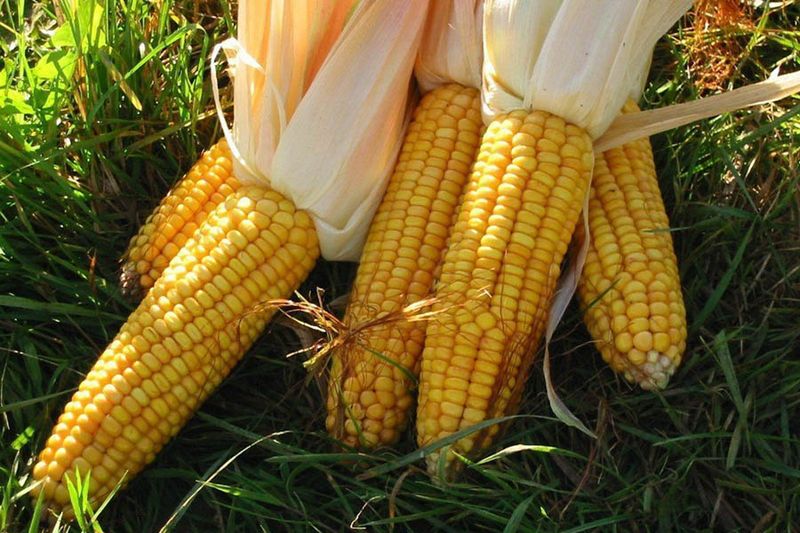External market of corn is waiting USDA report on September 12

While the financial market is concerned about investments in commodities in a period of rising interest rates and signs of economic slowdown, there is also an assessment of this 2022 US crop of corn and its result. The season is only finished in January, but the harvest is starting, and USDA will end up adjusting its data to what the harvest brings in terms of real information. Private companies seem to diverge from the low productivity pointed out by Pro Farmer, and USDA can do a slow adjustment in productivity until January. Meanwhile, evaluations of the European crop show a sharper loss of production, while in China there is no reaction in corn prices to the drought in the south of the country.
The US crop of corn begins to be reaped this September with extreme attention to the effective yields of this difficult 2022 crop. Temperatures remain high throughout the Midwest, however, the rain is expected to return within the next 15 days. On the one hand, there is little to offer as a result of the climate in this corn maturation process, perhaps, for some later crops, there is an improvement in the final grain weight.
Local consulting companies are starting to release their estimates and point to yields of 172 to 174 bushels/acre and in soybeans still above 50 bushels/acre. This corn figure is lower than the USDA’s August figure of 175.4 bushels/acre, but well above the worrying Pro Farmer figure of 168.1 bushels/acre. These adjustments are revealing a potential downward correction between 5 and 15 mln tons, i.e. a crop between 350/360 mln tons. The question at this point is whether USDA will correct this crop now or wait for the harvest to advance to then show a more realistic situation in October or November. Also on September 30, there is the quarterly stock report, which indicates the carryover stocks from the 21/22 business year to the 22/23.
In Europe, the European Union government pointed to a crop of 59.5 mln tons of corn, very close to that registered by USDA in August. Local consultants point to 54 mln tons. Despite the strong impact of the drought, we are talking about 10/15 mln tons of production losses. A part of this volume will be replaced by wheat from Eastern Europe and perhaps even by low-standard wheat from Brazil at the end of the year. Another part will have corn imports from origins such as Romania, Hungary and Ukraine as a point of compensation for the crop failure on the west side. Finally, what Europe has already been doing, which is importing from South America, Brazil and Argentina, and serving countries such as Holland, Portugal, and Spain. We must understand that these needs of 20/25 mln tons on the part of Europe are not immediate and will be distributed over the next twelve months.
In China, it seems that the sharp production losses (suggested or announced) and the extraordinary imports to be carried out were limited to the Brazilian media. The really worrying situation is still the historic drought in southern China. However, as we have already pointed out, the crops in the center-northeast of the country are very well developed, and there are no signs that there will be a problematic situation to the point of destabilizing regional supply.
As we have already pointed out, southern China is the major hub for corn consumption. This must accelerate supply flows from the northeast to the south or even corn and wheat from Ukraine to southern China. If this becomes difficult after the harvest of the local crop, the south must start importing in the first half of next year and, in this case, the main origin could be the United States, or even Argentina, but only after April.
Overall, major factors are still present. From the continuation of the war in Ukraine, the definition of several corn and wheat crops, to the probable devaluation of the Argentine currency. Therefore, despite the beginning of the US harvest, volatility remains intense and depends on some fundamental production indicators. As of this month of September, the South American climate comes into play to add one more variable to global volatility.
Read also
Wheat in Southern Brazil Impacted by Dry Weather and Frosts
Oilseed Industry. Leaders and Strategies in the Times of a Great Change
Black Sea & Danube Region: Oilseed and Vegoil Markets Within Ongoing Transfor...
Serbia. The drought will cause extremely high losses for farmers this year
2023/24 Safrinha Corn in Brazil 91% Harvested
Write to us
Our manager will contact you soon



